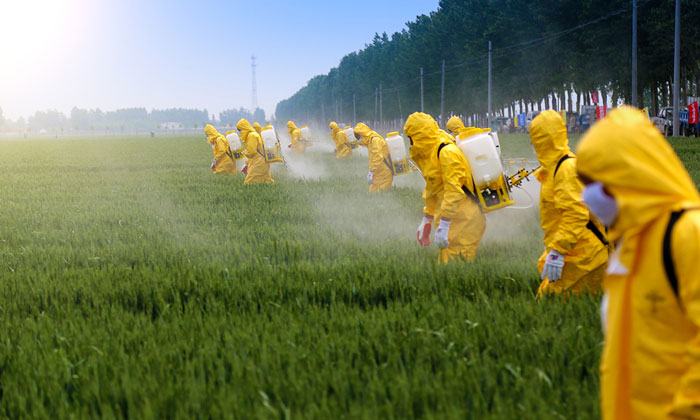EFSA landmark studies on pesticides and human health close to completion
- Like
- Digg
- Del
- Tumblr
- VKontakte
- Buffer
- Love This
- Odnoklassniki
- Meneame
- Blogger
- Amazon
- Yahoo Mail
- Gmail
- AOL
- Newsvine
- HackerNews
- Evernote
- MySpace
- Mail.ru
- Viadeo
- Line
- Comments
- Yummly
- SMS
- Viber
- Telegram
- Subscribe
- Skype
- Facebook Messenger
- Kakao
- LiveJournal
- Yammer
- Edgar
- Fintel
- Mix
- Instapaper
- Copy Link
Posted: 23 April 2018 | George Smith (New Food) | No comments yet
The pilot assessments – looking at the cumulative effects of exposure to pesticides in food on the human nervous and thyroid systems – are expected to be finalised by the end of the year.


GETTING TO THE BOTTOM OF IT: A question mark hangs over the long-term effects of many pesticides on consumers
The European Food Safety Authority (EFSA) is close to completing two landmark studies into the risk multiple pesticides pose to consumers.
They have been made possible by the Monte Carlo Risk Assessment (MCRA) tool, a software program developed by the Dutch National Institute for Public Health and the Environment (RIVM) in close cooperation with Biometris, part of Wageningen University and Research.
The tool has been adapted to perform assessments of cumulative exposure from pesticides as part of an ongoing partnership between EFSA and the RIVM.
It will now be further refined and complemented with a data model which, when fully developed, will house all the information necessary to perform full regulatory cumulative risk assessments. A proposal for the data model was published last week.
Luc Mohimont, from EFSA’s Pesticides Unit, said: “The collaboration between EFSA and the RIVM continues to make good progress. The proposal on the data model is another big step towards our goal of embedding cumulative risk in the regulatory assessment of pesticides.
“We expect the database to be built and populated within the next three years, and from then on risk assessors at EU and national level will have the means to perform these sophisticated assessments.”
A data model describes the logical inter-relationships and flows between different data elements. It also defines the way data is stored and retrieved. A data model is crucial to building a database of standardised, compatible data.
The substances to be considered in the assessments of the thyroid and nervous systems were identified by EFSA’s pesticide experts using a methodology specially devised for classifying pesticides into “cumulative assessment groups” (CAGs). Over the coming years, CAGs will be defined for other organs, tissues and systems, such as the liver, kidneys, eyes, and the reproductive and developmental systems.
The methodology rests on the assumption that pesticides causing the same specific effects can produce cumulative toxicity – even if they do not have similar modes of action.
The EU regulation on maximum levels of the chemicals in food (MRLs) stipulates that decisions on MRLs should take into account cumulative effects of pesticides as and when the methods to assess such effects become available. In addition, the regulation covering the placing of pesticides on the market stipulates that pesticides should have no harmful effects – including cumulative effects – on humans.
Related organisations
Dutch National Institute for Public Health and the Environment (RIVM), European Food Safety Authority (EFSA), Wageningen University




